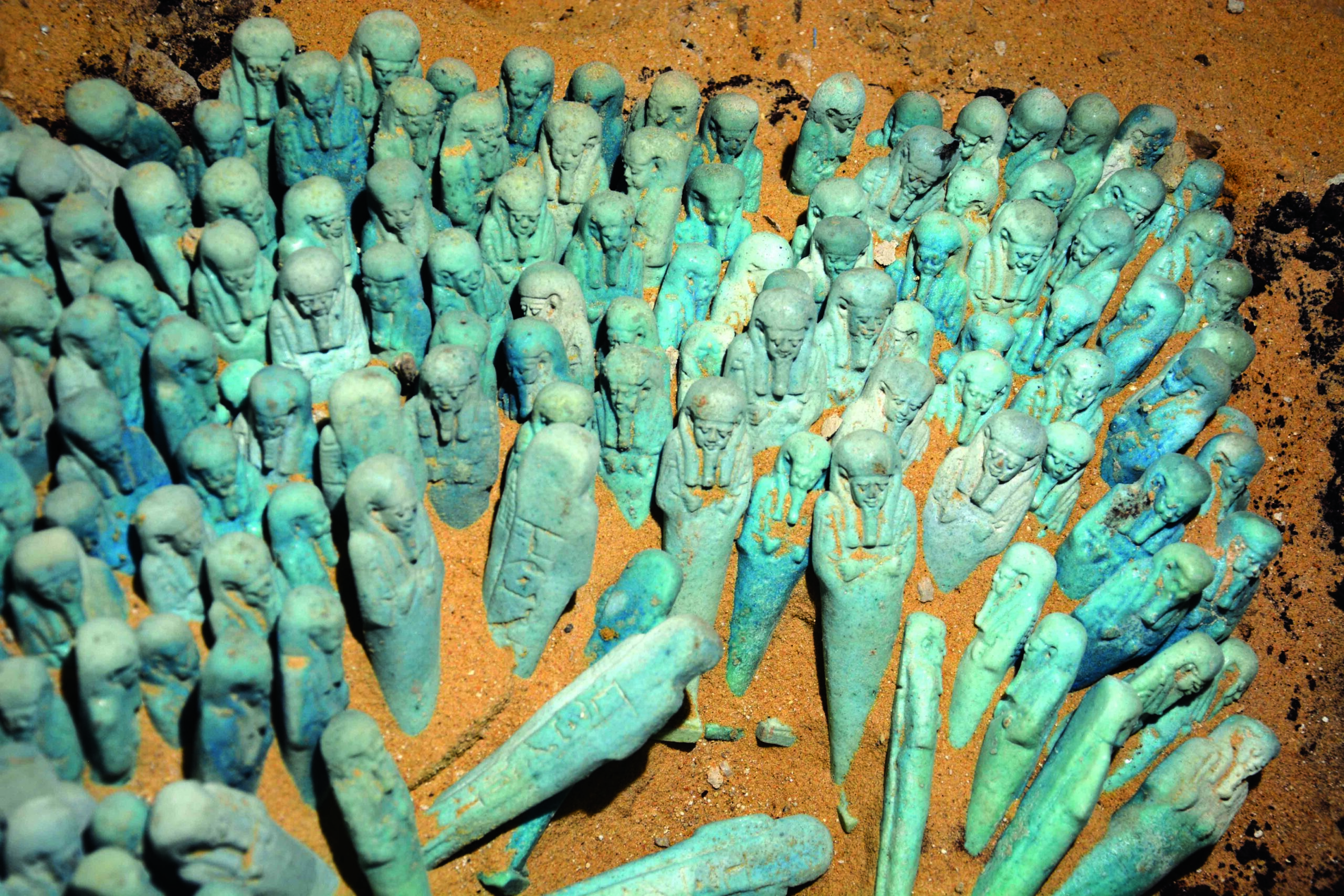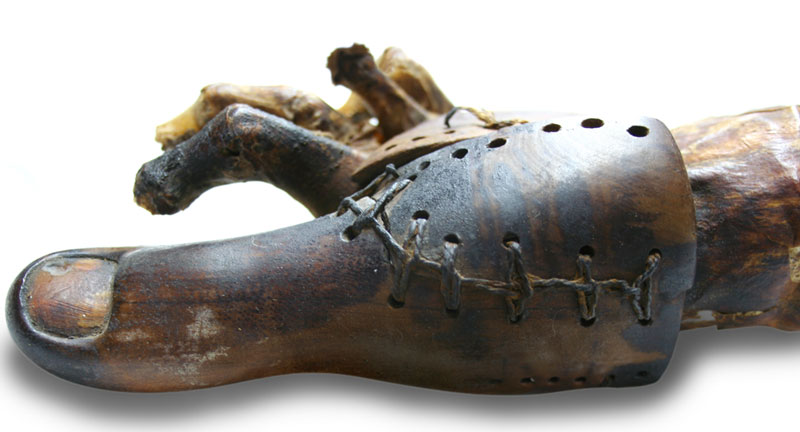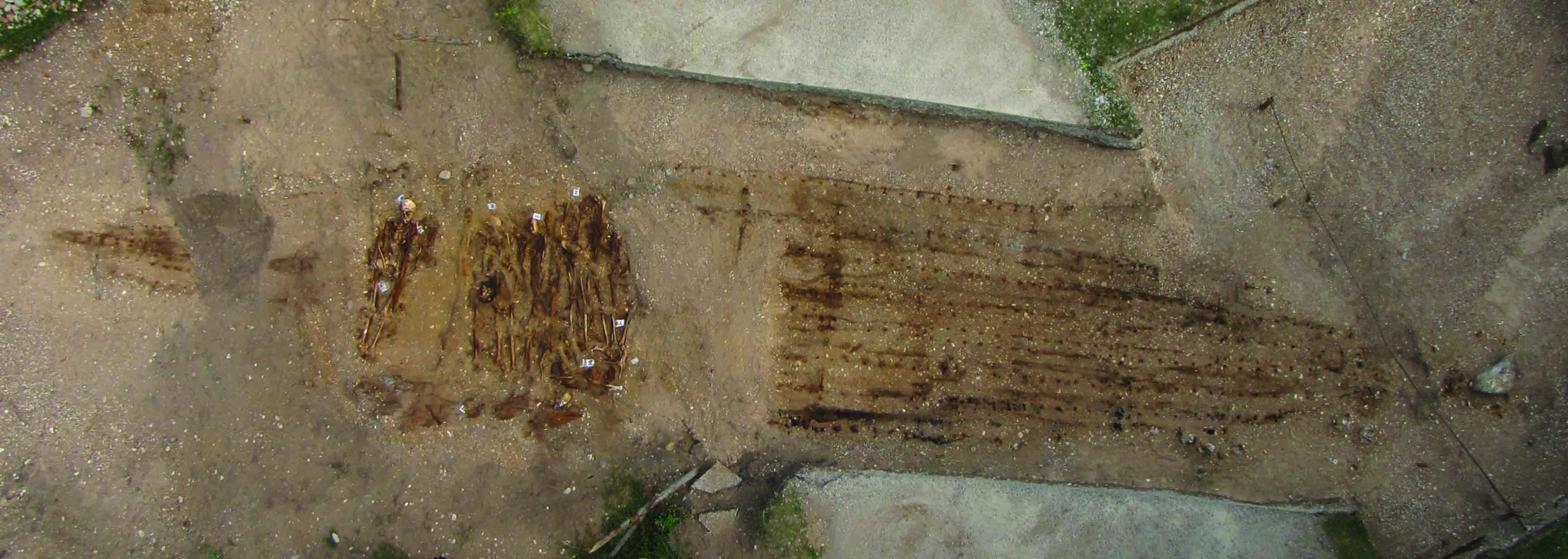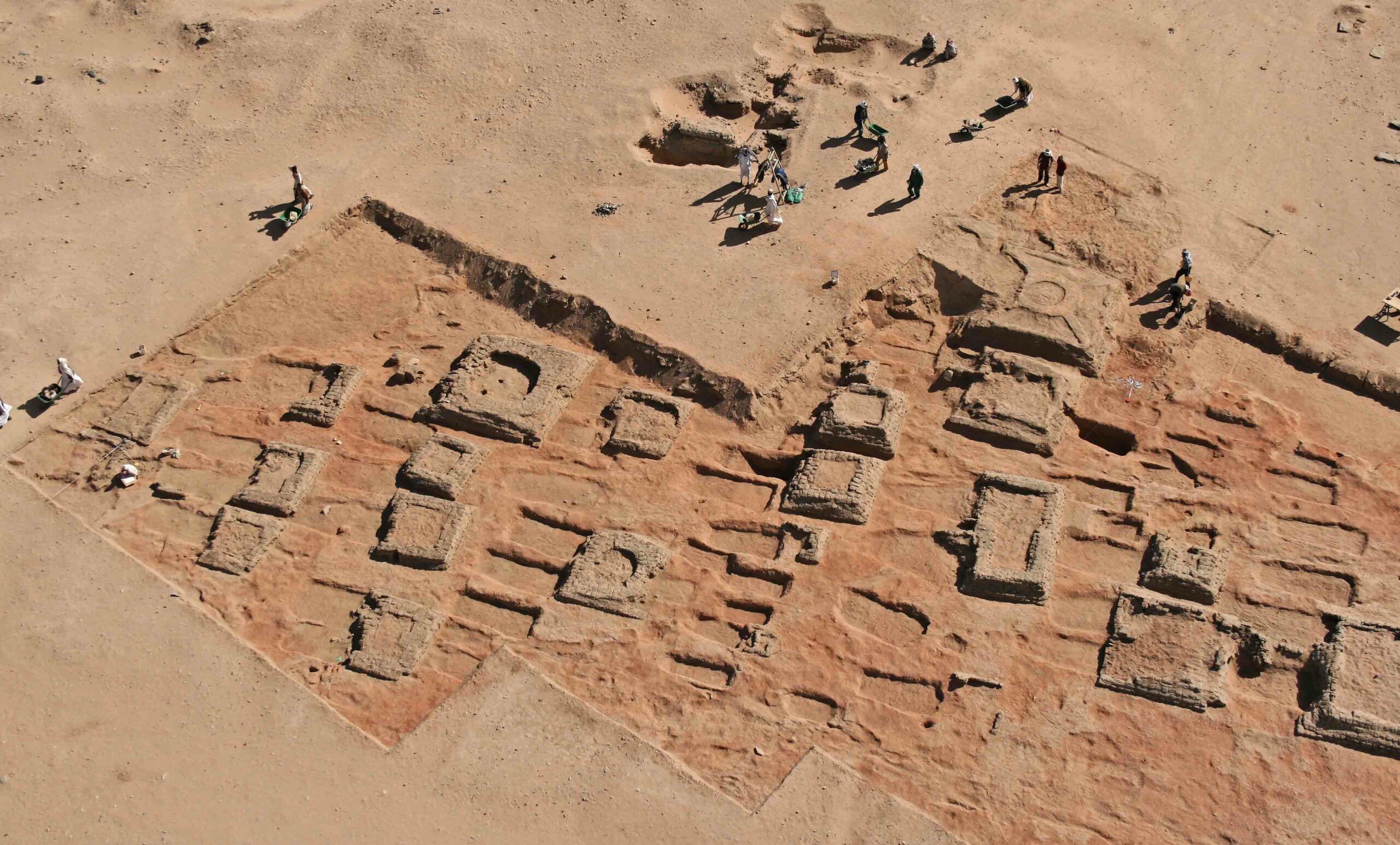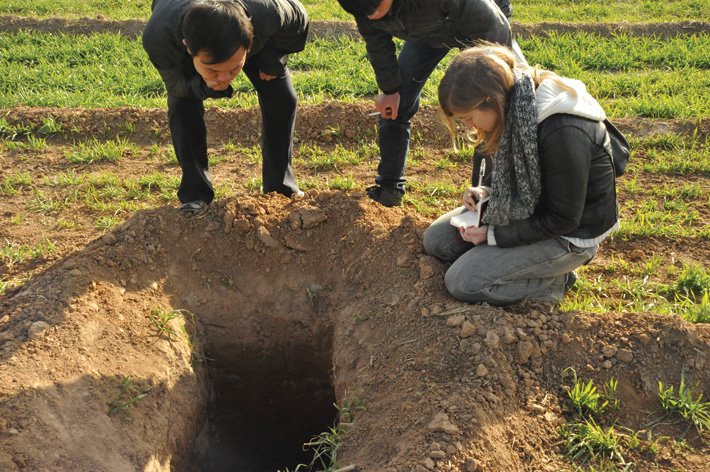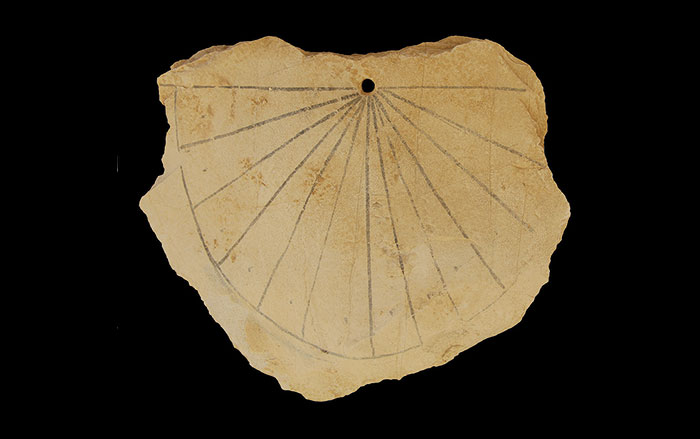
Perhaps no ancient historian is more respected than Herodotus. However, a recent study has raised questions about his reliability. Herodotus provides the best-known passage on ancient Egyptian mummification techniques, recording how the brains of elites were removed through the nose, and their viscera through an incision in the abdomen. For the lower classes, the less costly route was to flush the corpse’s entrails with a turpentine-like cedar-oil enema. But Andrew Wade and Andrew Nelson of the University of Western Ontario examined 150 recent reports on Egyptian mummies and seven CT scans—and found that Herodotus was a bit off. Their findings indicate that abdominal incisions were the most common means of removing the inner organs, and not reserved just for the upper classes. And the researchers identified almost no evidence of the eviscerating oil. Furthermore, only 25 percent of the mummies studied retained the heart in situ—a surprising number, considering the ancient sources emphasize that this organ was almost always left intact.



